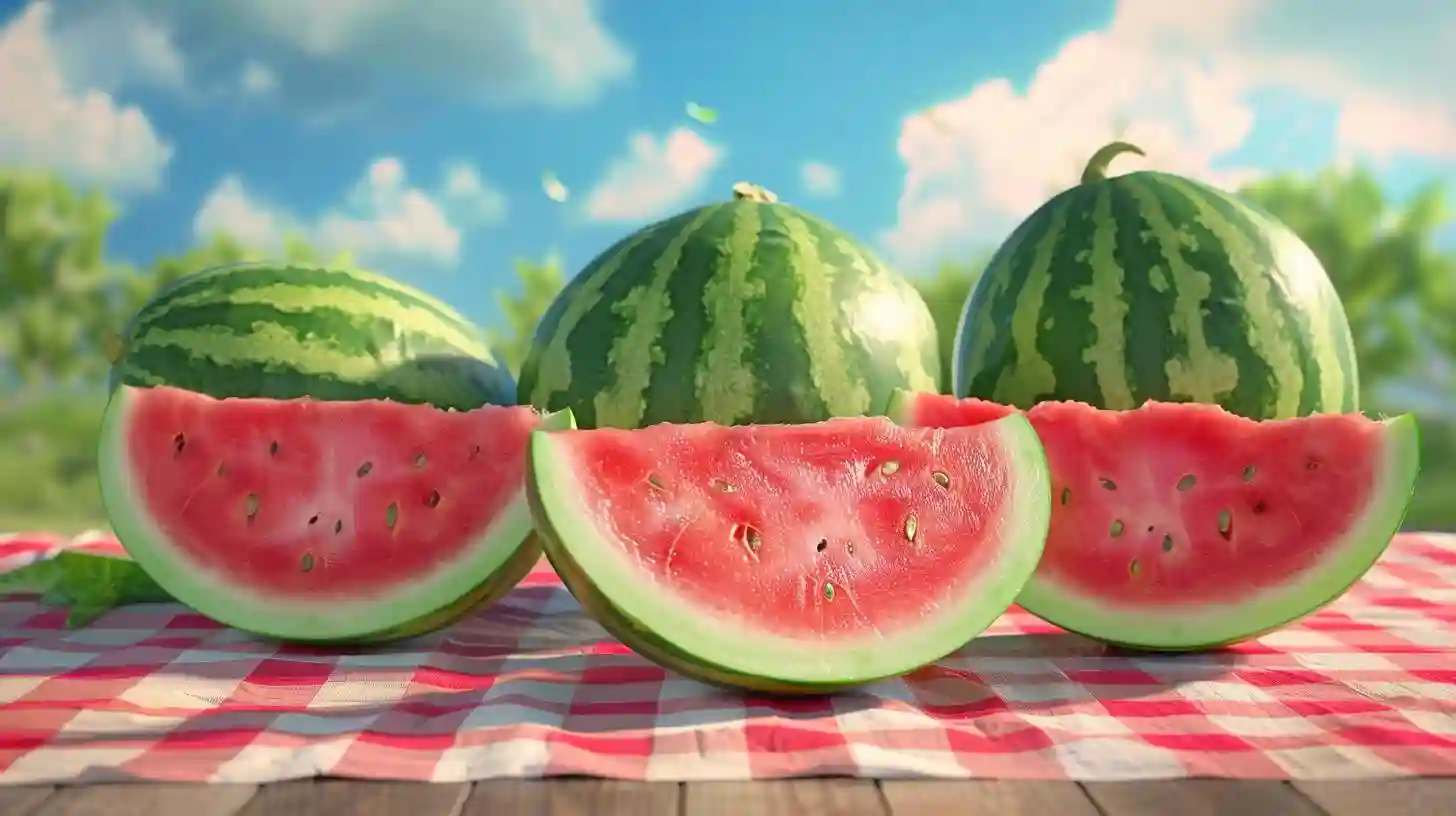
Watermelon is a juicy and refreshing fruit that is enjoyed by people all over the world. With its sweet, juicy flesh and crunchy texture, watermelon is a popular summer treat often enjoyed on hot days. But have you ever wondered about the origin of this delicious fruit? Where did watermelon come from and why did it become so popular?
Watermelon, scientifically known as Citrullus lanatus, belongs to the Cucurbitaceae family, which also includes cucumbers, pumpkins and squash. The watermelon is believed to be native to Africa and originated in the Kalahari Desert region, where it grew wild along rivers and streams. The exact time and location of watermelon cultivation remains unknown, but evidence suggests that watermelon was grown in ancient Egypt as early as 2000 BC.
According to historical records, watermelon seeds were found in the tomb of Pharaoh Tutankhamun, indicating that the ancient Egyptians revered and enjoyed the fruit. In fact, watermelon seeds were often placed in the tombs of kings and pharaohs to provide sustenance in the afterlife. The popularity of watermelon continued to grow and eventually spread to other parts of the world through trade and exploration.
It is believed that watermelon was brought to Europe by the Moors in the 10th century. The Moors, who were skilled farmers and gardeners, brought a variety of fruits and vegetables to Spain and other parts of Europe. Watermelon quickly became popular among the nobility and was often served at royal banquets and feasts. The fruit was also valued for its medicinal properties, as it was believed to have a cooling and moisturizing effect on the body.
In the 16th century, watermelon was brought to America by Spanish and Portuguese explorers. The fruit took root well in the warm climate of the New World and soon became a staple crop in many regions. Watermelon cultivation quickly spread, and new varieties of the fruit were developed to meet the demands of different climates and growing conditions.
Today, watermelon is grown in more than 100 countries and is one of the most widely consumed fruits. In the United States, watermelon is harvested from May to September, with peak season in July. The largest producers of watermelon in the world are China, Türkiye, Iran, Brazil and the USA.
Watermelon comes in a variety of shapes, sizes and colors, from small round fruits to large oblong varieties. Watermelon flesh can be red, pink, yellow or white, depending on the variety. The most common type of watermelon is a seedless variety, developed through hybridization and selection.
The popularity of watermelon is explained not only by its delicious taste and refreshing properties. Watermelon is also a nutritious fruit that is low in calories and high in vitamins and minerals. The fruit is a good source of vitamin C, vitamin A, potassium and antioxidants, which help strengthen the immune system and protect the body from disease.
Apart from its nutritional benefits, watermelon is also a versatile fruit that can be enjoyed in many different ways. Watermelon can be eaten fresh, juiced, added to smoothies, or added to salads and desserts. Watermelon rind can also be pickled and used in savory dishes.
In recent years, watermelon has gained popularity as a superfood due to its high water content and moisturizing properties. Watermelon is over 90% water, making it the perfect fruit to stay hydrated and cool down during hot weather. The fruit also contains lycopene, a powerful antioxidant that provides numerous health benefits, including reducing the risk of heart disease and cancer.
In conclusion, watermelon is a delicious and nutritious fruit that has a long and storied history. From its origins in ancient Africa to its widespread cultivation throughout the world, watermelon has become a favorite fruit enjoyed by people of all ages. Whether eaten fresh or added to dishes and drinks, watermelon continues to be a symbol of summer and a staple in many diets.